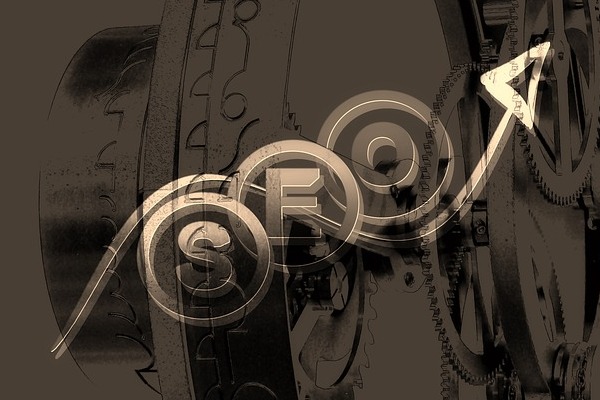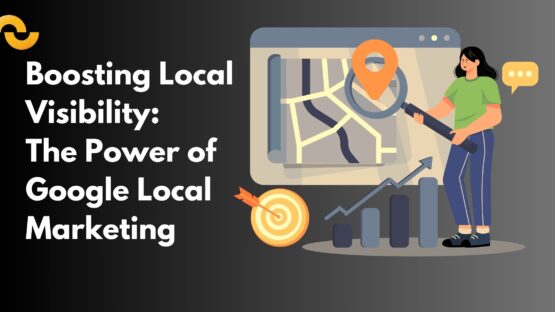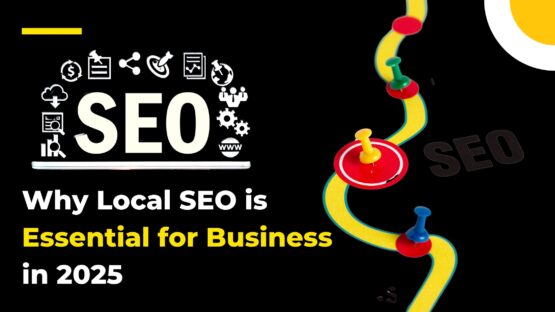When it comes to anchor text, observing the best practices becomes a challenge. After all, the question of anchor texts opaquely revolves around questions like what type of anchor text would be best and how to manage an existing anchor text to a particular URL or domain.
For Beginners First: An Overview about Anchor Text
Whether you are trying to link a good guide to writing a case study or SEO practices, without anchor text there is no purpose to link building. You can easily identify an anchor text in a content for they look blue and often underlined. Basically, the anchor text is the clickable text in a hyperlink.
When you insert a web URL to hyperlink a relevant link to your page, make sure that you know the characteristics of a URL. Take a look at the image below –
A URL will consist of a target link and an anchor text. The purpose of an anchor text is that it provides the search engine and people relevant information about what a content is all about. Therefore, it is important for an anchor text to be descriptive, relevant and useful so that the web page in question is ranked easily.
Now that you know what the anchor text is all about, it is time to look into the various ways an anchor text is used. Here are some of the ways in which a relevant web page is linked –
Different Usages of Anchor Texts in Link Building
- Exact Match – We often use the exact keywords to link a particular article or web page. For example, if I am writing something on advanced marketing toolset and I use a backlink that is relevant to what I am writing, then it would be an exact match if my exact keyword phrase, in this case, is Advanced Marketing Toolset.
- Partial Match – Partial match happens when the anchor text that I am using contains the keyword phrase that I am looking to rank for.
For example – Palmetto can offer you data-driven and highly powered advanced marketing toolset.
- Branded Match – When an anchor text is used in the name of a particular brand. For example – Palmetto is an advanced marketing toolset that will encompass your all-around digital services.
- Generic Match – A generic anchor text is unspecified and will not include any targeted keyword. Such anchor texts are indicated through words like ‘Click here’, ‘this article’, or ‘this site’.
- Naked URLs – Naked URLs also do not have any specified anchor text. They would appear as URLs only. For example – Palmetto (https://palmettowebdesign.com) is an advanced marketing toolset that will encompass your all-around digital services.
There are other kinds of anchor texts as well. Like –
- Title Tag – A title tag is formed when you convert the title of your web page into an anchor text. It is also referred to as the Title Tag.
- Image Links – You can count the alt text in an image as the anchor text. That means whenever an image is linked with a URL, Google will read the alt text as the anchor text.
Understanding How Search Engines Read Anchor Texts
Search engines read anchor texts to understand which keywords to rank the web page for. It indicates what the topic of the page is. So if I am to link this page with ‘Anchor Text’ as the keyword, then it will indicate the search engine that the web page is fit for queries related to Anchor Text.
So, if more and more sites are to use the anchor text to link to their page, then it will indicate the search engine that the linked page should be ranked for that particular query. It is supposed to be as simple as that.
However, the practice of anchor texts had been manipulated by many until Google launched its new Penguin algorithm. You can learn more in-depth about that but my point of concern is how are you going to optimize your anchor texts to gain better rank results for your web page? The answer is here in the next few paragraphs.
Best Practices of Using an Anchor Text
- Keep it as Succinct as Possible
Your anchor text should be descriptive enough so that it is clearly comprehensible by both the search engine and people who are browsing in search of a relevant result. You need to take into consideration the two important factors that should influence how the anchor text should be –
- First – Find out the most concise and the most descriptive way to describe the page that has been linked to.
- Second – Use appropriate words or links that would encourage people to click on the link.
There is a specific rule when it comes to the length of an anchor text. Therefore, it is best to keep it as succinct as possible.
- Check Your Keyword Density
Ever since the Penguin update, Google has been looking closely at the keywords used in an anchor text. That is, stuffing an anchor text with too many inbound links for the same keyword can arouse suspicion that the links have not been acquired naturally. It can set you up for a penalty.
Your first strategy should be to fix the keyword density. Try placing your keywords at relevant places only. These include –
- The title
- The first sentence
- The Alt tag of the first image
- The H1 and H2 tag
- The last sentence
Your keyword density should not exceed more than 3% if you are looking forward to a long-term ranking level. If you are having trouble to keep the percentages low, then try using variations of the keyword used. It will also help to rank your page for the keyword variations as well.
- Are You Bound to Low-Quality Links?
In case if your site is underperforming, it’s time to check whether the inbound links are linked to low-quality sites. Using exact anchor match can also result in poor performance.
In that case, remove the poor quality links and detune the exact match to replace them with partial or branded match. It is a staple practice in link profile management and has been in use for a very long time.
- Sitewide Links are a Big NO
You need to link to the number of pages rather than the entire domain. That is a bad SEO practice and you need to remove any competitive or exact match anchor text.
Conclusion
Hopefully, my article has helped you understand what drives the anchor text better. But if you need any help, then feel free to get in touch with us for advanced SEO services and solution. Cheers!
Image Courtesy: pixabay.com




